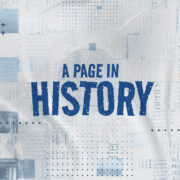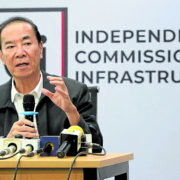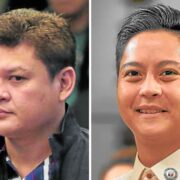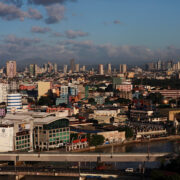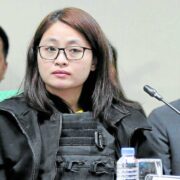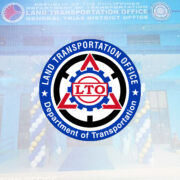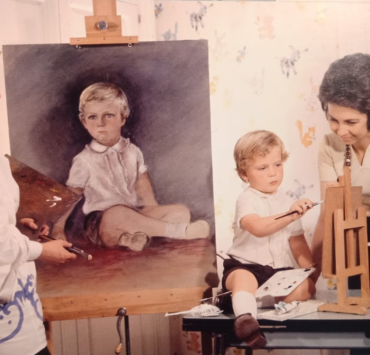Book offers rare view of 17th-century Philippine society
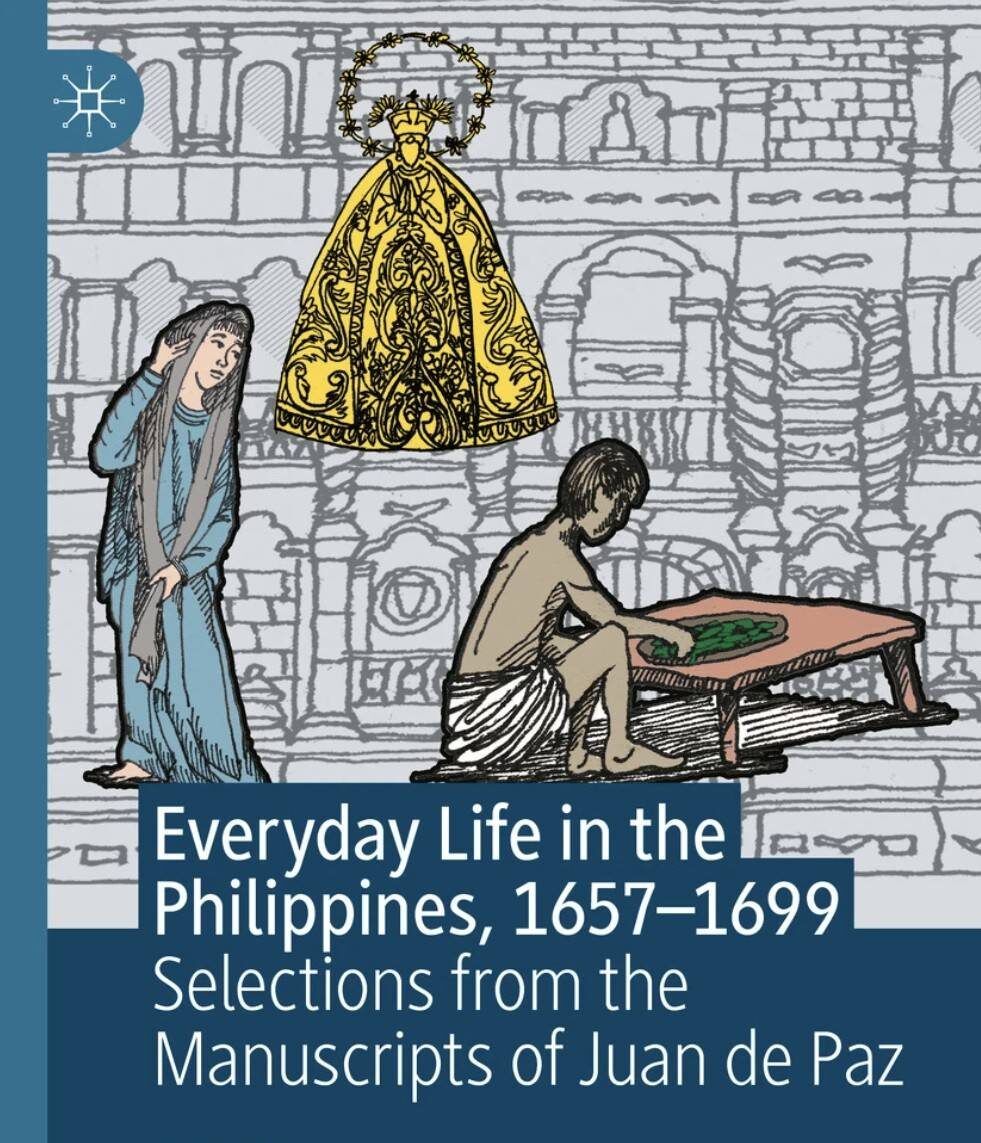
Aside from the very important manuscript by Jesuit Francisco Ignacio Alcina on the history of the Visayan islands and its people in the 17th century, there is another significant collection of documents that provides a picture of Philippine culture and society in the early modern period.
That collection, stored in the Archivo de la Universidad de Santo Tomas in Manila, is a compilation of consultas (consultations on moral and ecclesiastical questions) of the Dominican friar Juan de Paz which was rediscovered by its former archivist and now chair of the National Historical Commission of the Philippines Regalado Trota Jose during his tenure at UST.
These manuscripts by De Paz (1622 to 1699), particularly those contained in Libros 23, are the subject of a groundbreaking book recently published by the Switzerland-based Palgrave Macmillan.
The book, “Everyday Life in the Philippines, 1657-1699: Selections from the Manuscripts of Juan de Paz,” is edited by Norah Gharala of the University of Houston in Texas, and Marya Svetlana Camacho and Juan Mesquida, both from the University of Asia and the Pacific.
It has contributions from scholars from different Philippine universities as well as foreign scholars from Australia, Mexico, Spain, and the United States.
In the preface, Jose described the publication as a “dream come true” and that De Paz’s consultas “was a treasury of raw data on life in seventeenth century Philippines.”
This is particularly important because “there is a dearth of such information” up to now, he said.
Apart from the introduction, the 302-page book is divided into four parts, with a total of 12 essays that shed light on the societal setup during the 17th century.
Essays on marriage, family life
Themes include marriage and testaments, faith, commerce, family life, social strata, and even slavery.
Aside from the editors who also contributed essays in the book on the topics of marriage in Manila, slavery in the Indian and Pacific worlds, and lending, other contributors include Grace Concepcion of University of the Philippines (UP) Diliman (last wills and testaments), Ana de Zaballa Beascoechea (marriage and everyday life), Mary Josefti Nito of University of Asia and the Pacific (miracles of the Nuestra Señora de Guia), Romeo Galang Jr. of Far Eastern University (devotions in Cavite City and other areas), Maria Eloisa de Castro of University of Santo Tomas and National Historical Commission of the Philippines commissioner (apostasy and loyalty), Marina Trimallez of University of Cantabria (Chinese slavery), Diego Luis of Johns Hopkins University (caste in Manila), Kristie Flannery of Australian Catholic University with Gharala (slavery), Paulina Machuca of the El Colegio de Michoacan (theology and trade), and Nicholas Sy of UP Diliman (tribute registers and population).
These scholars mined and interpreted the data culled from the manuscript, a significant part of which was translated into English for the first time.
Many interesting topics are discussed such as social norms in marriage, including dowries, poverty as a reason for the discontinuance of the rite of marriage, nullity of marriage, the adaptation of the church to local practices, inheritances including those given to slaves, and the dynamics of slave culture.
Attributed miracles
Also analyzed are miracles, including those related to healing, having a child, and natural hazards, attributed to the Nuestra Señora de Guia and the popular devotions to it particularly those coming from Laguna and Bulacan; beeswax as an important commodity during the Galleon Trade; and supplications to the patron saint of sailors, San Telmo.
Other facets and character of society are also presented and examined like the ways slaves directed their lives through jobs and relationships; black salves from Africa and also from the indigenous population of the Philippines and South Asia; class dynamics that “allowed for equivalencies of class and race that displayed a rare legal fluidity of caste;” commercial exchange, and the trans-Pacific trade participated by Moros and Armenians.
The book also touches on other interesting, intriguing topics such as a Catholic person secretly practicing his Islamic faith; missionaries and Christian Chinese buying children to be servants or slaves; and an alcalde mayor’s request to fabricate the number of the local population, specifically to lower it, for him to collect the amount owed him by the king.
These essays bring forth a society not only revolving around the country but provide an avenue to know more about the “linkages of the Philippines across oceans.”
“Everyday Life” is a treasure trove of information, considering the source is just part of a bigger collection. It is likewise a good start in discovering and understanding Philippine culture and society in a century that is largely unknown in history.
It brings to fore the many ambiguous aspects of Filipino life as seen, experienced, and documented in “length and depth” by De Paz, and fills a void in both history and historiography with engrossing essays in nicely curated chapters.
With this book, another window to the Philippines of the 17th century has been opened, allowing everyone interested to see what life was like then and how the social structure at the time functioned.
The book, in PDF and hardcover, is available for now at asia-booksellers@springnature.com.



